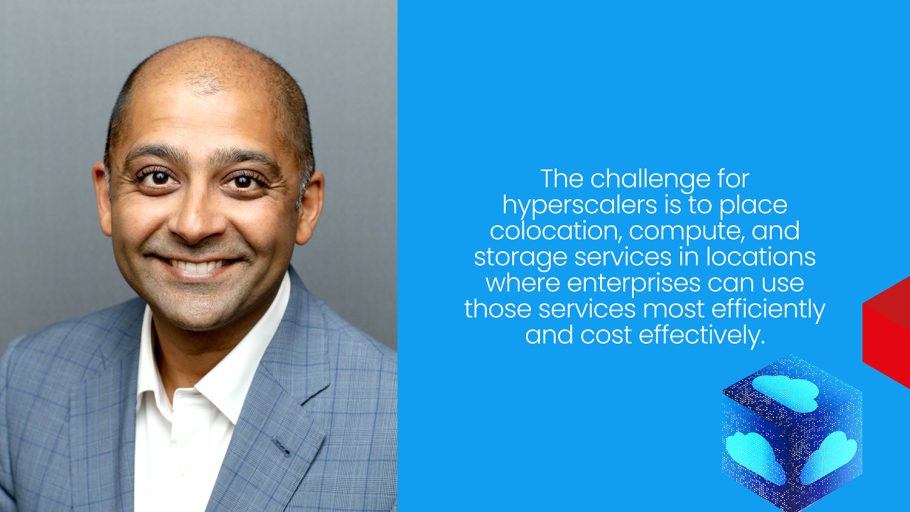Hyperscalers like Amazon Web Services (AWS), Microsoft Azure, and Google Cloud have become ubiquitous in our lives. From searching the Internet to online shopping and storing data in the cloud, few of our online interactions and transactions escape the reach of hyperscalers.
Like any businesses, hyperscalers have to pursue new opportunities while tracking the evolving needs of their customers and partners so they can adapt and scale accordingly. Traditionally focused on operating large-scale data compute and storage facilities in core (Tier 1) market locations—either their own or leased colocation space—hyperscalers are increasingly responding to opportunities around their customers’ moves to the Edge, which allows reduced latency, improved performance, and better support for new products and services.
The results from Equinix’s 2023 Global Interconnection Index (GXI)1 study reinforces this shift: hyperscalers are recognized as the fastest growing segment of service providers in terms of interconnection bandwidth consumption, with a CAGR of 37 percent. And like other leading service providers, hyperscalers are also building out Edge infrastructure at a rate 150 percent faster than they are within their digital core.
The challenge for hyperscalers is to place colocation, compute, and storage services in locations where enterprises can use those services most efficiently and cost effectively.

Moving away from the core
The traditional centralized infrastructure approach (focused on Tier 1 core markets) enabled efficient management and control of resources, took advantage of economies of scale, and facilitated speedy transactions among network participants. Yet as the Internet matured and experienced accelerating levels of adoption along with increased demand for private connectivity via interconnection, this approach has become less practical.
Growing population density, local regulations, community resistance to large data centers, and the lack of off-site redundancy (which is essential for business continuity and disaster recovery) have made it increasingly difficult for hyperscalers to acquire the land or power required to open new facilities in centralized locations. Instead, they deploy infrastructure in wholesale colocation facilities to avoid the space, power, and expense demands involved in making CAPEX investments.
ABOUT THE AUTHOR
Krupal Raval joined Equinix in May 2019 with nearly 20 years of financial services and REIT industry experience and currently serves as Managing Director for the xScale team. Under his leadership, the xScale team has announced several multi-billion dollar joint ventures in the Americas, EMEA, and APAC.
Before Equinix, Raval was CFO for Digital Reality’s APAC region. During his tenure, he formed the Joint Venture partnership with Mitsubishi in Japan and grew a portfolio of projects by nearly 300 percent. Prior to that role, he served as VP of Capital Markets at Alexandria Real Estate Equities, where he was responsible for designing and executing financial strategy and overseeing financial reporting, corporate finance, and investor relations and marketing. He also previously served as Research Analyst for Fidelity Management and Research, where he coordinated asset allocation with the firm’s portfolio managers. A Meinig Family National Scholar with a B.S. from Cornell University, Raval started his career with the top-ranked Citi REIT Equity Research team.



